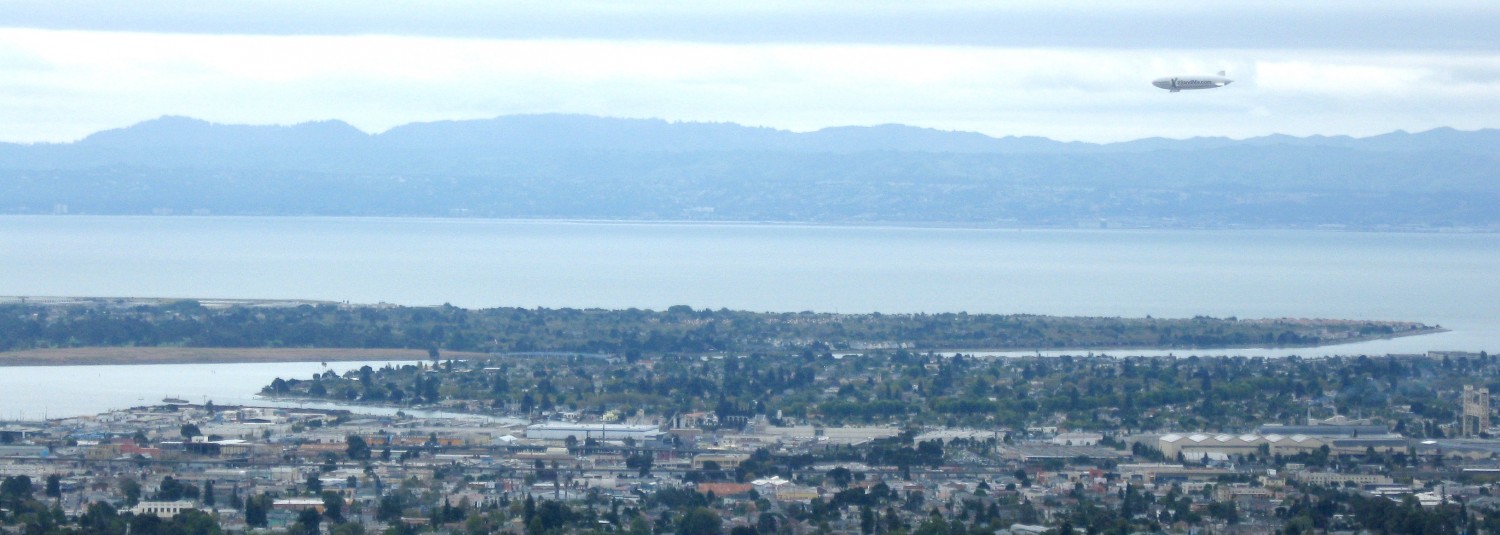common ground(s)* The Rite of Spring
Zellerbach Hall UC Berkeley
Friday, February 16, 2024 8 PM
Sunday, February 18, 2024 3 PM
École des Sables: dancing the work of Pina Bausch
This event was danced by “a specially recruited ensemble”, and for first time performed by dancers from African countries. Germaine Acogny, co-founder of the ´Ecole des Sables, Senegal, is quoted, saying… “When I first saw Pina’s “Rite of Spring,” I felt it was an African rite.” As if to further the African environment the stage is ‘prepared’ for the dancers by covering the floorboard with ‘peat’. Several stagehands with carts fill the stage with earthen ‘dirt’, smoothing the surface so that it can become a dance floor. It was an event worth watching. The working crew got resounding applause.
After extensive selection and workshops in Senegal, 38 of the 137 applicants were chosen. About an earlier work (seen by Acogny in Berart’s production), she says, “It felt like a primitive rite… and there were even elements of traditional African dance in his (Bejart’s) production.
The dancers are all amazing, skilled, fused as ensembles with perfect timing. There is a woman’s group (about 17 dancers) and a men’s group of the same size. Two ‘solo’ figures emerge…one who (as a priest figure) and one (as the sacrifice) who dominate the final moments of the work. Alas, the program listed all the dancers’ names but did not name the soloists!
And what a work it is! Both, all the group’s movements are superbly synchronized, so that the force of each group’s leaps, jumps, turns and frantic arm gestures become powerful forces. The women mRite of Springove as a group but often, one by one, leave the group to address, comfort and echo the ‘sacrificial’ chosen one. There are wild open arm and hand gestures, twists and bends…and a range of movement not often seen in any ballet.
Opening the evening Germaine Agony and Malou Airaudo, (directors of the company), danced a quiet retrospective piece to music by Fabrice Bouillon LaForest. The dance was a duet of ‘remembrance’ and gentle interaction between these powerful but aging dancers. Audience members understood their need to perform and be introduced, but the work itself is too long, without dynamics and for many, a poor opening for an otherwise exiting dynamic performance event.Rite of Spring
Pina Bausch’s “Rite of Spring” is an amazing response to the famous Stravinsky score. Although the riots it produced in 1913 will not be repeated a hundred years later, still, this production by ´Ecole des Sables deserves tumultuous applause. Bravo all!
